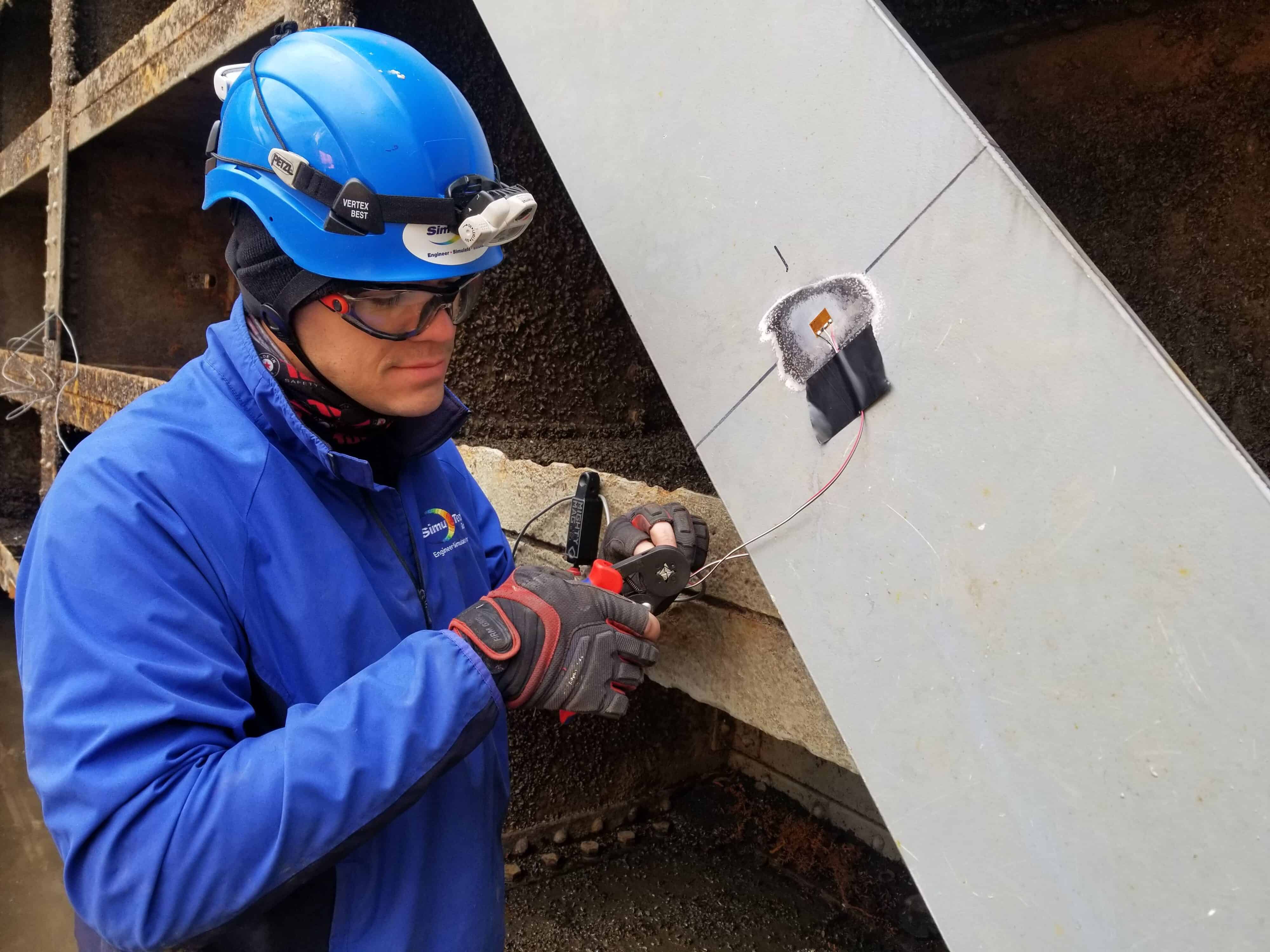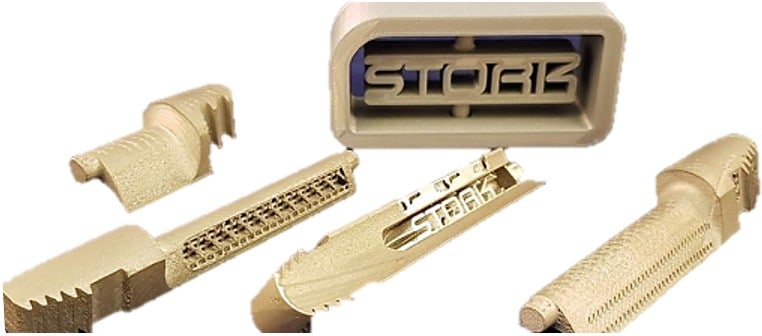Mechanical Engineering Testing Services
Our skilled engineers diagnose machinery faults, support failure investigations, and validate modeling parameters with advanced engineering testing.
Our skilled engineers diagnose machinery faults, support failure investigations, and validate modeling parameters with advanced engineering testing.
For over 40 years, SimuTech Group has combined experimental and simulation techniques to conduct engineering investigations in a wide variety of systems.
We use an iterative methodology whenever possible. By using simulation data to inform test development, we can conduct tests to validate finite element models and update modeling parameters such as loads, material properties, damping, and boundary conditions with real data. We understand that precision and punctuality are imperative to mechanical testing services.

For new, refurbished, or reverse engineered turbine blades (buckets) to ensure that natural frequencies are within specifications.
Measure the dynamic response characteristics of an airframe with MIMO signal processing and analysis.
Measure and analyze blade weight and the COG location to determine the optimum blade stacking position.
Deploy an instrumented hammer, EM shaker, or piezoelectric actuator to excite vibration and analyze frequency response functions.

– Karl K., Senior Test Engineer at Delphi Automotive

– Ted Barrette, Supervising Mechanical Engineer in the Hatch Autoclave Group

– Stanley Widmer, President of Stanley Widmer Associates Inc.

Brian Meyers, Production Manager at Stork H&E
Our team of experienced engineers can assist you at any step of your process.